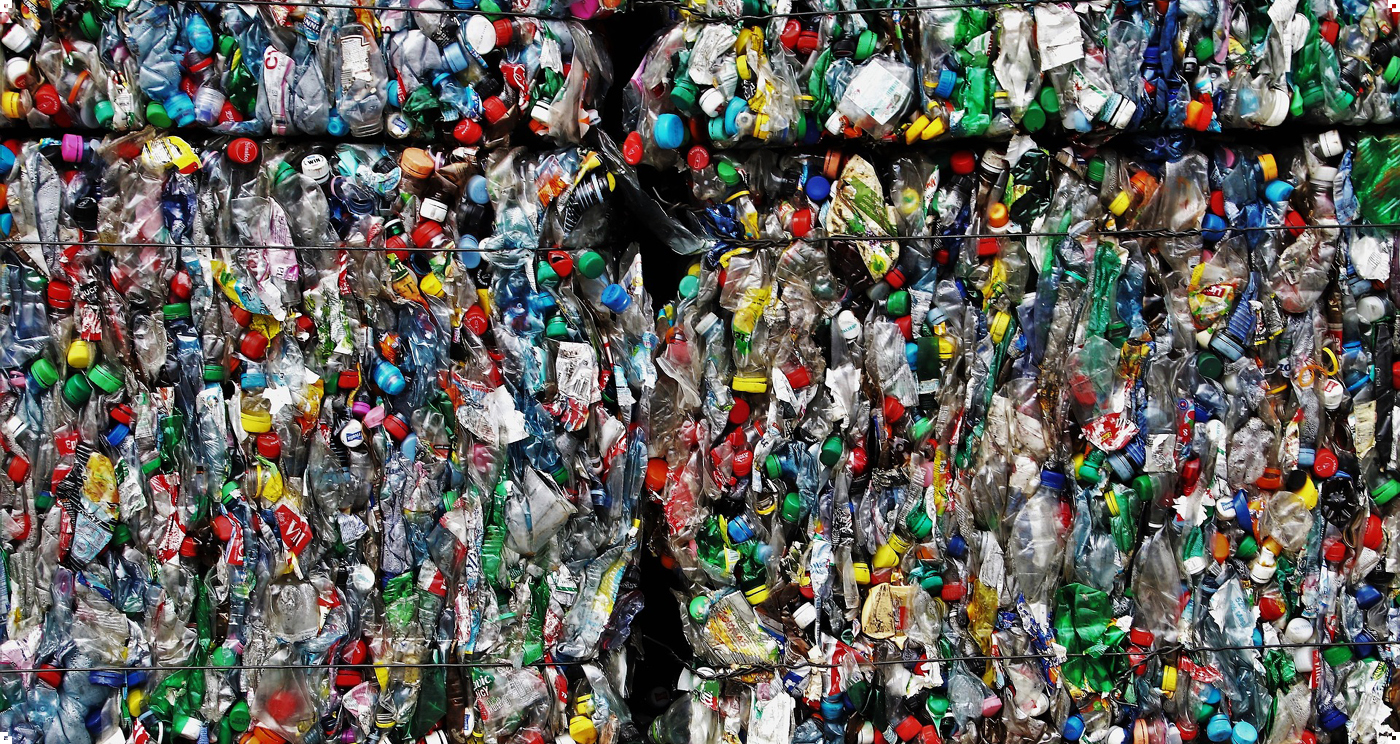There are many factors to consider when planning a new retail display, and now more than ever sustainability is the hot topic that is ever-present at every planning meeting or briefing.
A recent report published by POPAI UK & Ireland stated that 80% of consumers believe that sustainability is important and that 60% of consumers are willing to change their shopping habits to reduce the environmental impact.
The report also stated that a whopping 70% of sustainability believers would pay a 35% premium for sustainable brands.
Consumers are leading the change, putting the pressure on brands and retailers to do the right thing and not only provide more environmentally friendly products, but also make changes to the way they are produced, packaged, marketed, and ultimately disposed of at end of life.
In this article, we’re focusing on how products are displayed in-store and taking a deeper look at two of the most commonly chosen materials utilised for retail display. Are our beliefs about how sustainable these materials are real, or is it all misconception?
We explore Card Vs. Plastic.
Card, Cardboard and other paper base card materials
Pros
- Widely recycled
- Lightweight
- Can be engineered to create shapes with a low tooling cost
Cons
- The impact of deforestation on the environment
- Seedlings planted to offset deforestation take time to grow
- Energy required to turn into paper
- Limited as to the number of times card fibre can be recycled
- Chemicals are likely to be required for recycling process
- Not easy to clean cardboard retail displays (cardboard is porous)
- If used for long-term use, additional plastic products may be required such as mop trays to protect unit from in-store cleaning machinery
Economic factors
- Increase demand has driven the price of card up, as a new normal post pandemic sees online shopping a continued shopping habit
- Packages delivered to home use more packaging materials
- More forests are being destroyed to respond to consumer demand
Plastic (not including acrylic)
Pros
- Strong material that has a long lifespan
- Widely recycled
- Energy used to recycle considered ‘low’
- Recycling process requires less energy and water than card
- Recycled material options available in some plastics
Cons
- Virgin material is fossil fuel based
- Current UK figures (2021) suggest only 45% of plastic is recycled, with the rest going to landfill and incineration. However, this figure is assumed higher within the retail industry as recycling procedures are either established or actively being put in place.
Economic factors
- Like card, within the last 18-months the price of plastic has increased
- Material content should be clearly labelled to enable and aid recycling
Card Vs. Plastic. The Results are in…
As independent materials, both card and plastic are extremely well-suited for manufacturing point-of-sale materials and in-store retail displays. So how do you pick? Well ultimately that’s down to the retail display you’re planning, predominantly it’s required lifespan.
Retailer recycling processes should also be taken into consideration, as materials that are not currently recycled by the retailer after use could be substituted for a recyclable alternative.
Card should be used for short-term promotions, plus steering away from finishes and coatings applied during retail display manufacture will minimise the chemicals required to recycle it after use.
Plastic is best for medium-long term promotions where the materials are designed to last the test of time in-store, are cleanable and will look new for longer. An added consideration for plastic would be to think about the ease of disassembly at the end-of-life, this will encourage recycling and get you in the store manager’s good books!
Other sustainability points to consider when planning retail displays
It’s important to remember to ask yourself some key questions when planning a new retail display. We’ve put these together in a handy guide for you, our ‘6R’s of Sustainable Retail Displays’ to ensure that you’re creating display solutions in-store that are as environmentally friendly as possible.
Read the article here: The 6R’s of Sustainable Retail Displays
Other articles you might find interesting:
- How long do retail display materials last in store? The ultimate guide
- How retail display materials can be recycled after use
- What retail displays are the most effective? The ultimate guide
Ready to speak to a Retail Design Specialist with a focus on Sustainability?
We’d be happy to help! Our retail design specialists are ready to help you create a retail display that delivers to your objectives and remains within budget.
Want to see what we can do? Take a look at our portfolio
Please contact our sales team on 01530 839777 or email info@threepd.co.uk

